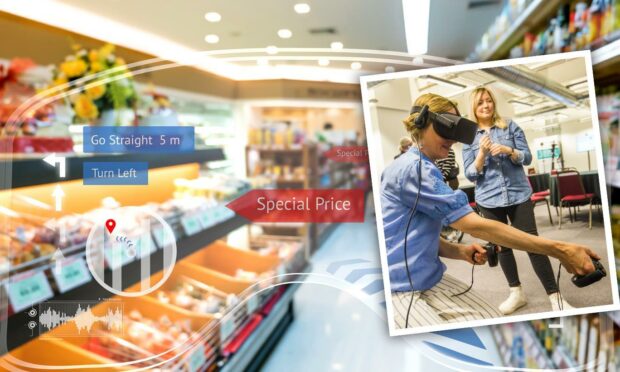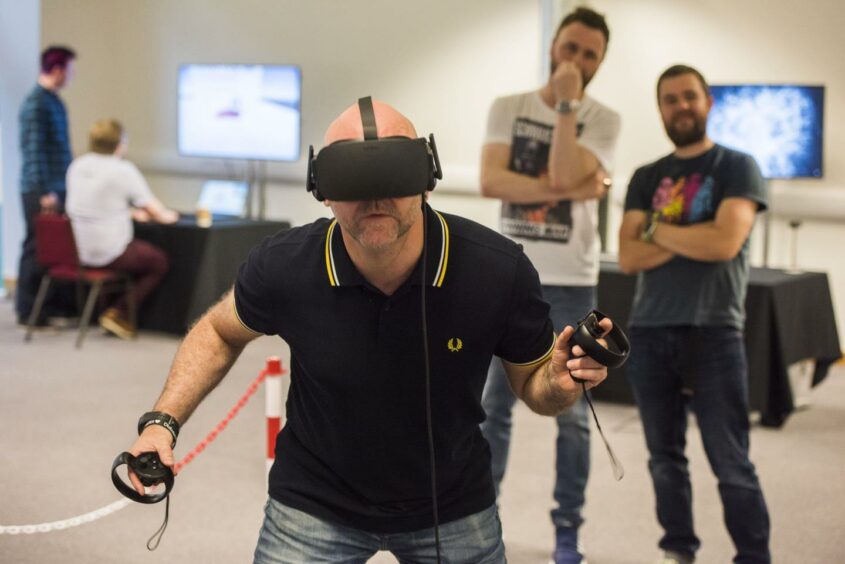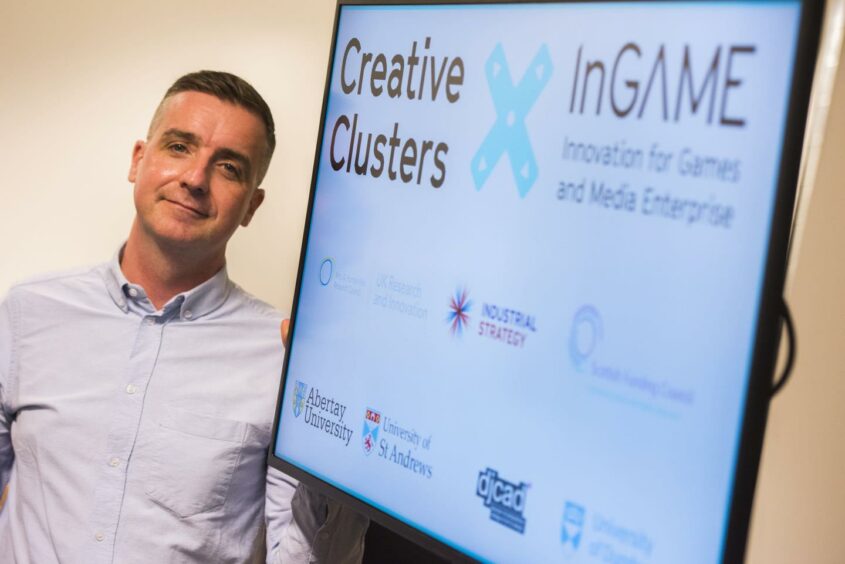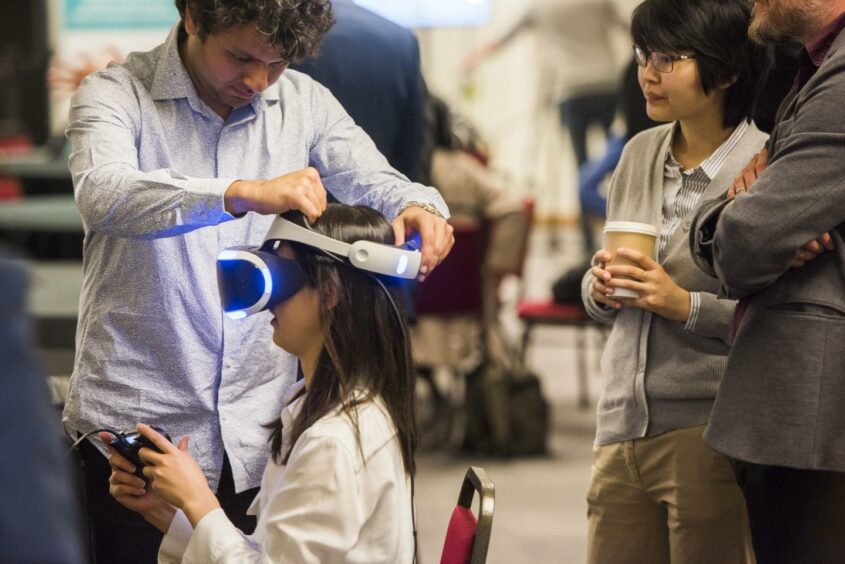Imagine using the popularity of videogames to create a virtual supermarket or high street to improve access to healthier food choices.
Well, that’s exactly what Dundee-based research centre InGAME is looking to do as part of a new competition.
And there’s a £50,000 prize up for grabs for the top idea.
InGAME is a research and development centre aiming to establish Dundee as a world leader in games research – growing the value and scale of the city’s games sector.
What are they looking for?
They’ve launched a Virtual Health Neighbourhoods Challenge, collaborating with Nesta – the UK’s innovation agency for social good.
One of their aims includes adding two years of healthy life expectancy to 10 million people in Scotland and the UK.
The challenge is for superstar videogame designers – and organisers want them to produce a virtual area – called a Nesta Playbox.
Sean Taylor, director of InGAME says they’re excited to be working with Nesta to bring this challenge to the Scottish games sector.
What’s a Playbox?
It’s a virtual place, powered by a game engine, where ideas can be tested to see if they’d work in real life.
They’ve been used elsewhere to map out large-scale challenges and highlight potential risks with new plans or policies.
Also known as digital twins they’ve been used on projects from planning how passengers will access new airports to car factories.
Though organisers of the challenge don’t want to influence entrants, they hope those who take part harness their game design skills to create:
- High streets.
- Shopping malls.
- Supermarkets.
These will be used to imagine, design and test new approaches relevant to Scotland.
The aim is to ensure healthy, appealing food options are accessible and affordable for everyone, whoever they are, wherever they live.
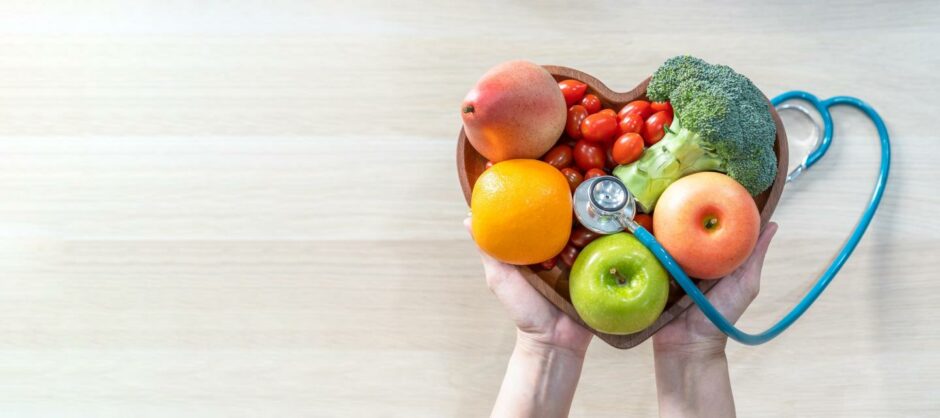
Dr Chris Lowthorpe, Senior Fellow for Collaborative R&D at InGAME, says: “We’re setting this challenge to harness the potential of video games to provide solutions and drive positive change.
“We believe game design techniques and game technologies are transforming the world.
“Add in the awesome creativity of the Scottish games sector and the innovation potential for driving positive change is immense.
“That’s why we’ve launched this call for superstar Scottish developers. They can help solve one of the UK’s most ‘wicked’ real-world problems – obesity.”
How does the competition work?
After the initial application and briefing process, three shortlisted teams will each receive £5,000 to develop their pitches.
Then one team will win the competition, receiving a further £45,000 to prove their concept.
The call is now open on the InGAME website and initial applications close on Monday November 8.
